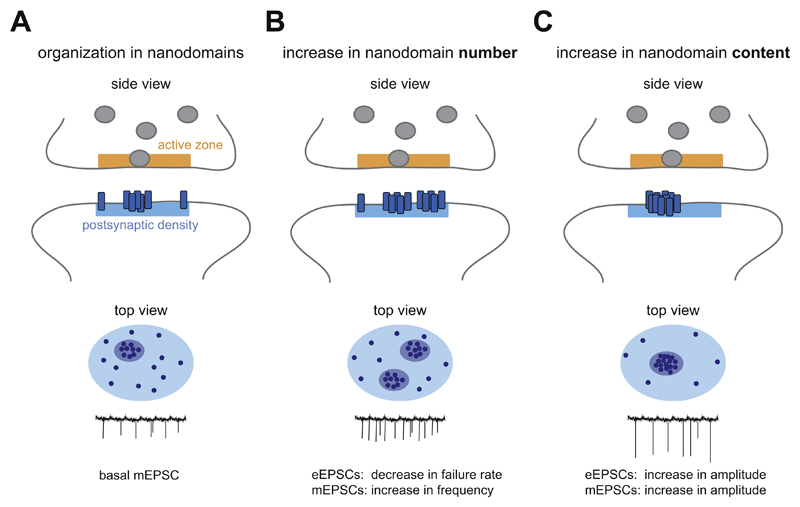Fig. 2. Physiological implications of AMPAR organization.
(A) Overview of AMPAR organization in distinct nanodomains, aligned with the presynaptic release site in side view (top), top view (middle) and the hypothetical mEPSC trace (bottom), that is maintained throughout this figure. (B) An increase in the number of nanodomains per synapse is likely to increase the probability that a spontaneous event activates receptors, and could be measured as a decrease in the failure rate of evoked responses (eEPSCs), or an increase in mEPSC frequency. (C) An increase in the number of receptors in a nanodomain aligned with the presynaptic site of vesicle release is predicted to enhance synaptic transmission, which could be measured as an increase in the amplitude of eEPSCs or mEPSCs.

